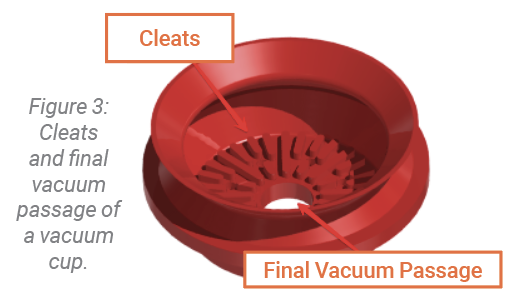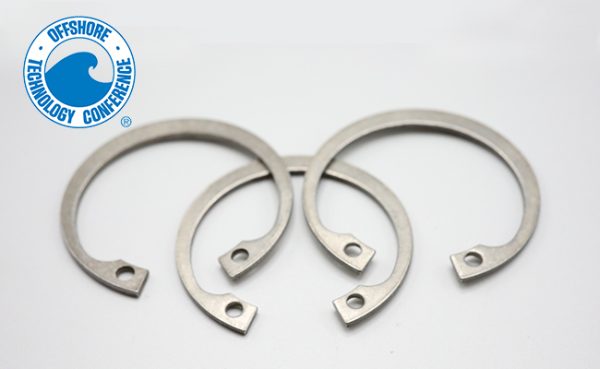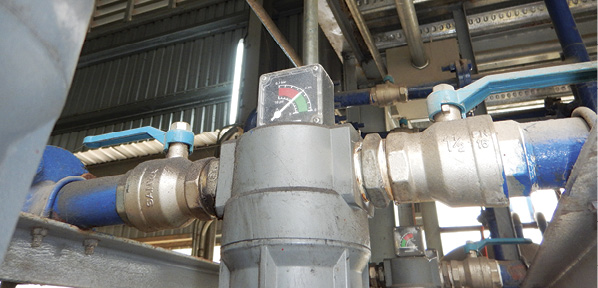The Dirty Truth: The Key to Efficient Hydraulics

Whether in wind turbines, mining equipment, or construction vehicles, the following applies to many types of industrial machines: Hydraulic systems are essential for safe, efficient operation.
Proper filtration is proven to increase service life and dependability for hydraulic systems. Pros know this but often wonder: Which filter element goes with which hydraulic fluid?
Key data leads to conclusion
Let’s start by admitting that most problems relating to hydraulics stem from a lack of oil maintenance. And as the power density of these systems increases, efficient filtration becomes even more important.
This impacts both the functionality and the durability of the hydraulic components. To benefit from the properties of the fluids for as long as possible, effective removal of impurities is crucial. This is because the aging process of lubricating oil largely depends on the nature and amount of contamination.
To find a suitable filtration solution with the right filter element, system and machine operators need to know which hydraulic fluids are being used. These fluids have to fulfill a range of tasks depending on the application, but this is precisely what increases the risk of declining performance due to aging.
Match the oil to the need
Bear in mind that hydraulic fluids differ primarily in their base oils, such as mineral oil, vegetable oil, polyalphaolefins (the most common major synthetic base oils), carboxylic acid esters, polyalkylene glycols, phosphate acid esters and silicone oils.
This means that base oils can be divided into synthetic and native oils. Synthetic oils (polyglycols, polyalphaolefins and synthetic esters for example) are compounds produced by the chemical transformation of various starting materials such as carbon monoxide and hydrogen. Native oils have a natural base, being obtained without chemical transformation through distilling and refining of crude oil or various vegetable oils.
Base oils are mixed with additives to make them suitable as hydraulic fluids. In this way, the basic properties of the oils (viscosity, corrosion/oxidation resistance) can be influenced. In practice, a simplified nomenclature classifies hydraulic fluids according to their intended use and properties:
- Mineral oil base H (for stationary hydraulics)
- Fire-resistant HF (for various uses such as steelmaking or in aircraft engines)
- Rapidly biodegradable HE (hydraulic environmental fluids often used in agriculture and forestry)
Match the filter element to the oil
Many reading this already know how selecting the right filter components and materials is challenging, especially when dealing with highly specialized oils. Metals, alloys, plastics, sealants—all must withstand environmental conditions and be resistant to the oil. Of course, what is suitable for one oil can be damaging to another.
Common problems are leakage or contamination of the oil caused by dissolving or corroding material. In addition to the base oil, the additives used for the application can have significant impact on the behavior of the oil toward certain materials.
Temperature is another consideration as fluctuations of as little as 50°F (10°C) can greatly compromise the chemical resistance of filter materials. A resistance test is recommended, particularly for sensitive applications. In this test, the selected materials are immersed in the corresponding hydraulic fluid under application-like conditions. In a subsequent step, oil that has been previously used in the application can be further used to check for effects of deterioration.
To simplify selection, Eaton established a uniform internal specification (IS) for standard and special filter elements. This IS number indicates which element components are suitable for specific oils. The following table shows the most important IS keys:
Eaton internal specification (IS) for filter elements
|
Application |
Specification |
Use |
|
Mineral oils |
Standard |
Standard Eaton filter elements are designed for mineral oils and temperatures from 14 to 176°F (-10 to +80°C). |
|
Polyglycols and aqueous media |
IS06 |
This specification applies to polyglycols and aqueous media such as HFC (mixture of polyglycol and water). No galvanized components are used here, only those with tin coating or stainless steel, which are compatible with the oils mentioned. No plastic-coated wire mesh is used either. |
|
Ammonia applications |
IS07 |
This specification is suitable for R717 (NH3) refrigerant compressors. All element components are resistant and can withstand a maximum temperature of 194°F (90°C). They ensure that the compressors will operate without failure. |
|
High-temperature applications |
IS08 |
This specification has been developed with a focus on high-temperature applications up to 284°F (140°C). The selection of heat-resistant components and adhesives is particularly important here. |
|
Electrostatics |
IS27 |
Due to the increased use of zinc- and ash-free fluids in hydraulics, electrostatic charging in hydraulic systems is again occurring more frequently. Eaton recommends using filter elements in accordance with this specification if conductivity is 300 pS/m or above (picosiemens per meter): a purely metallic element design without plastic components. This design ensures complete dissipation of electrostatic charges via the filter housing and the system grounding. This prevents sudden electrostatic discharge in the form of sparks, which could destroy the filter material and result in material breakdown and damage to the fluid. |
Filter elements consist of a support tube, around which pleated filter media is wrapped, and two end caps. Filter materials can include glass fiber fleece, polyester and cellulose nonwovens and papers, as well as stainless steel wire mesh. These materials are assigned a filter micron rating wherein retention efficiency is designated by the beta value (β): The larger the value, the more particles are retained by the filter.
Beta values according to ISO 16889 (evaluation of filtration performance of filter elements) range from β200 ≥ 4 μm(c) to 25 μm(c) for fiberglass media, which act as depth filters, and from 10 μm to 250 μm for wire mesh media, which act as surface filters. All components such as O-rings and element load-bearing parts should be selected and, if necessary, adapted according to these specifications.
Make the best choice
Selection of the right filter element depends on various criteria which, in addition to the requirements for chemical or physical resistance, include the type of application, the dirt-holding capacity and associated service life, compliance with the maximum differential pressure, and the required cleanliness level of the fluid.
The best way to choose is to know the application parameters and the technical specifications of the hydraulic oil. Be sure to ask:
- What kind of system is being operated?
- Which hydraulic fluid is being used?
- What is the system operational and standstill temperature?
- How viscous is the fluid?
- What is the volume flow rate?
- What is the operating pressure?
- Which purity class must be achieved?
- What impurities can occur?
Successful filtration requires industry-specific expertise due to the large number of possible filter element arrangements. The market offers thousands of options, many with matching filter housings. System designers should ensure that manufacturers not only offer a broad portfolio of products, but also detailed advice.







